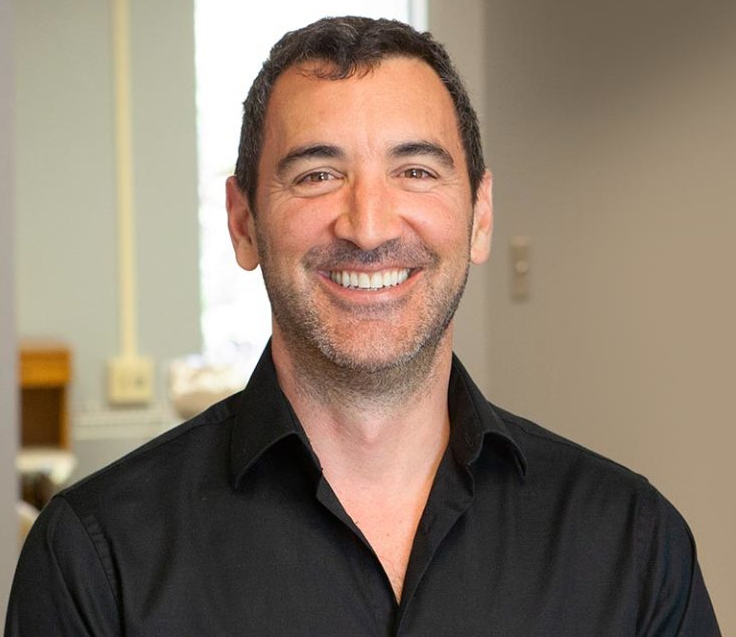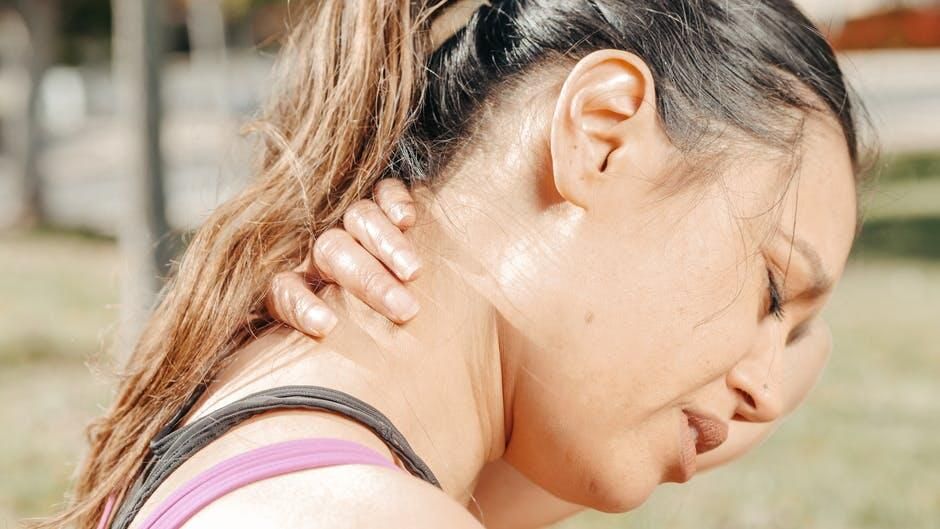Advanced Diagnostic Techniques for TMJ Disorders at Our Burke, VA Practice

According to the NIH, TMJ disorders consist of more than 30 specific disorders related to pain in the jaw and surrounding muscles. These conditions can also cause headaches, earaches, and difficulty chewing, making daily life uncomfortable.
If you have been experiencing these symptoms, you might wonder how doctors diagnose TMJ disorders. TMJ disorders affect the temporomandibular joint, one of the most complex joints in the body.
Today, we are taking a closer look at the advanced diagnostic techniques we use at our Burke, VA, practice to understand TMJ symptoms better and help patients find lasting relief.
TMJ Disorders: Clinical Examination Techniques
Before using advanced tools, a dentist must carefully check the patient's mouth, jaw, and face through a detailed clinical exam. This hands-on step helps guide the next parts of the diagnosis.
There are three major parts of a good clinical exam for TMJ disorders:
- Palpation of the jaw muscles and joints
- Checking the jaw's range of motion
- Listening for sounds and checking for tenderness
Palpation of the Jaw Muscles And Joints
The first step often involves feeling the muscles and joints by hand. The dentist gently presses on different areas to locate the pain.
It can show if the muscles are sore, if swelling is present, or if there are signs of inflammation. Careful palpation helps spot problems that might not be seen with imaging alone.
Checking the Jaw's Range of Motion
A healthy temporomandibular joint should move smoothly when opening and closing the mouth. During the exam, the dentist asks the patient to open wide, close, and shift their jaw from side to side.
If movement is limited or uneven, it can point to joint damage or muscle tension. Watching how the jaw moves is important in creating the right dental care solutions.
Listening for Sounds and Checking for Tenderness
The dentist will listen carefully for clicks, pops, or grinding sounds during jaw movements. These sounds can mean the joint is not moving correctly. Tenderness around the face, neck, or shoulders is checked, too.
Tight or painful areas can show how much the problem has spread and how it affects the whole facial system. These checks give valuable clues that help with facial pain management and jaw pain treatment.
Advanced Imaging for Accurate Diagnosis
While a good clinical exam provides essential information, imaging plays a major role in gaining a full view of TMJ disorders. Understanding what happens inside the temporomandibular joint helps build a clear treatment plan.
Three main types of imaging are often used:
- Panoramic X-rays for basic views
- CT scans for detailed bone structure
- MRI scans for soft tissue and disc analysis
Panoramic X-Rays
Panoramic X-rays are often the first imaging step. In one image, they show a complete picture of the teeth, jaws, and joints.
It helps spot large issues like bone damage, missing teeth, or growths that might affect the joint. While panoramic X-rays are helpful, they sometimes miss smaller problems inside the joint.
CT Scans for Detailed Bone Structure
When more detail is needed, a CT scan examines the bones around the temporomandibular joint in greater detail.
This scan helps spot fractures, joint wear, and even tiny changes in bone shape. CT imaging is a powerful tool for dentists who are creating dental care solutions that require a deep view of the bone structure.
MRI Scans for Soft Tissue and Disc Analysis
MRI scans are often used to study the soft tissues inside the joint, including the cartilage disc that cushions movement.
An MRI can show if the disc is out of place or if there is swelling inside the joint. This information is valuable when patients are seeking relief from TMJ symptoms through personalized treatment plans.
Joint Function Tests and Measurements
When patients experience TMJ disorders, it is important to examine the joint and study how it moves during daily use. Joint function tests and measurements provide valuable information that helps build a strong treatment plan.
There are three common ways dentists measure joint function:
- Electromyography (EMG) to study muscle activity
- Jaw tracking devices to follow jaw movements
- Measuring jaw strength and flexibility during function
Electromyography (EMG) To Study Muscle Activity
Electromyography is a tool for measuring the function of the muscles around the temporomandibular joint. Small sensors are placed on the skin to detect muscle activity while the patient opens, closes, and moves the jaw.
If the muscles are overactive, underactive, or out of balance, the results can guide jaw pain treatment that targets the real cause of discomfort.
Jaw Tracking Devices to Follow Jaw Movements
Jaw-tracking devices are another helpful way to measure function. These tools track how the jaw moves in real-time.
They can show if the jaw opens unevenly, if there are sudden shifts, or if the joint does not follow a natural path. Problems in movement often connect to larger TMJ disorders that need focused care.
Measuring Jaw Strength and Flexibility During Function
Jaw strength and flexibility are key parts of a healthy temporomandibular joint. During testing, the patient may be asked to bite, stretch, or perform small movements while the dentist measures the results.
During these tests, weakness, stiffness, or pain can point to damage or strain that needs attention. These measurements help dentists create better dental care solutions and offer real TMJ symptom relief to patients struggling with daily pain.
Dental Care Solutions
Finding the correct answers for TMJ disorders starts with careful, advanced diagnostic techniques. We can better understand each patient's needs by combining clinical exams, imaging, and joint function tests.
At Dental Care Burke, Dr. Bernard Lynch, DMD, FAGD, LVIF is dedicated to helping patients achieve long-term oral health, confident smiles, and lasting comfort. He stays current with the latest dental technology to create a safe, welcoming experience for everyone who visits. Dr. Lynch is known for his genuine attention to patients' feelings, always prioritizing their comfort and peace of mind.
Get in touch today to learn how we can help with
your TMJ issues.












